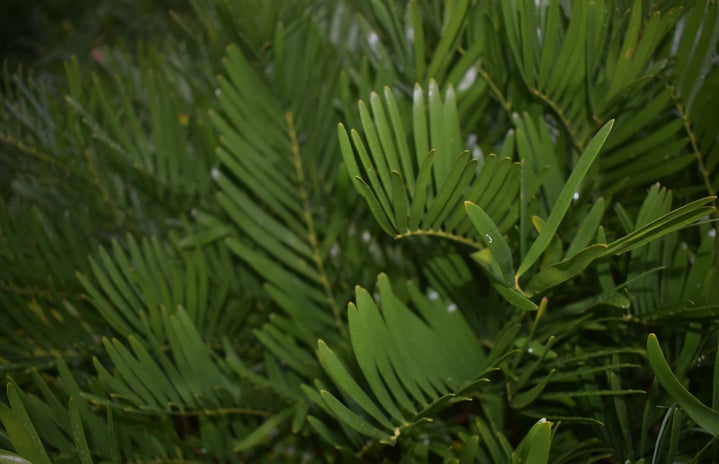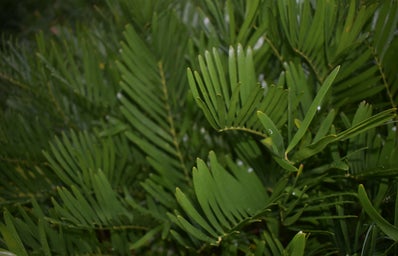Winter for many is a season associated with bare trees and empty fields, as the cold weather brings most plants into hiding until the spring. In Pinellas County and much of Florida, our winters are quite different, due to the majority of our species being evergreens. The subtropical climate is interesting from a botanical perspective, allowing both tropical species from the south and temperate species from the north to thrive. I’m mostly focused on tropical species due to my own personal biases coming from a temperate region and finding their ability to survive here interesting. Our mild subtropical climate allows many of our native species to even bear fruit during the winter, because of their protection from hard freezes. These fruiting plants having a subtle beauty that can be easily overlooked in any other season is something that makes our county unique. This makes the season an excellent time to venture out in search of interesting plants, with their gorgeous fruiting structures on display and the relatively cool weather. Now is the perfect time to throw on a jacket and start exploring!
- Coontie Palm, Florida Arrowroot (Zamia integrifolia)
-
While not technically a shrub, the Coontie Palm is a beautiful native species found throughout Florida and Southern Georgia. They are relatively common here in Pinellas County, especially in landscaping. And while this species might look like a palm, they’re cycads, an older prehistoric family distantly related to palms. Cycads do not have true flowers or fruit in a botanical sense and thus their seeds grow in structures called ‘Strobili’ which are basically the cycad version of a pinecone. Coonties are also what botanists like to call ‘Dioecious’ meaning that male and female plants are separate, so when you look for them try and spot the difference! Male plants produce pollen cones which spray pollen out in a puff when shaken or disturbed. While female plants produce wand-shape cones full of seeds covered in fruit-like flesh. These fruit-like skins are called ‘Sarcotesta,’ and they turn vibrant shades of bright orange, red, and pink when ripe in Winter and early Spring. While they might look tasty, please do not eat the sarcotesta because they are quite a bit more than slightly poisonous.
* Pictured: Female strobilus detail, Foliage detail on cover
- White Indigoberry, White Inkberry (Randia aculeata)
-
This is an interesting shrub, as it reaches its very northern range limit in Pinellas County. They are a common sight in the coastal strand forests located behind dunes along the seacoast but can also be seen in many green spaces with sandy soil. Here they are rarer, but they can still be found in plantings as they are somewhat popular in landscaping, and around the coast of Tampa Bay. During the winter the plants are typically bearing fruit, a creamy white berry held singly. The berries are white on the outside but have a dark blue pulp once used to make dyes and ink. That said, while edible, they are not particularly palatable, which you know what; fair enough for a fruit used to make ink. They can flower all year in theory but generally do not in winter because of the cold temperatures. They are also famous for their odd leaves which are shaped like little spatulas but do be careful because many specimens have spines around said leaves.
* Pictured: Fruit detail with foliage
- Marlberry (Ardisia escallonioides)
-
Marlberry is an understated and beautiful shrub from the more tropical regions of Florida. Quite uncommon around St. Petersburg, they see limited use as landscape plants so finding them can be a challenge. This species typically bears fruit in winter, as they flower intermittently throughout the year. Dense clusters of shiny, dark berries are borne unto the laden branches, with the fruits starting green, darkening into red and eventually glossy black as they ripen. This species also produces edible berries and they also have an unpalatable bitter taste. But if you do decide to try them, please be careful when foraging, and remember to check for pesticide applications, because nobody wants to be eating toxic chemicals! Stay safe! The Marl portion of the name refers to their preferred habitat, as they are typically found growing in soils at a higher pH. This soil is often referred to as Marl when it contains limestone, which is common in many areas of Florida. This soil preference is one of the reasons they are less common than the other species on this list.
* Pictured: Fruit detail with foliage
- Shiny-Leaf Wild Coffee (Psychotria nervosa)
-
Wild Coffee is another tropical shrub that approaches the northern limit of its range here in Pinellas County. They are more common than the Marlberry due to greater popularity in landscaping, and their wider range of soil tolerance. This is another species laden with fruit during our winters, though they can flower at various times during the year. The berries are found in dense clusters, the deep burgundy of their shiny skins stand out quite a bit. Any fruits you see are likely to be grown but when young, the fruits begin as a glossy green shifting to a bright lipstick red before reaching the deep shade of its maturity. Unlike most of the other shrubs listed here, however, the berries are shiny throughout development. The leaves are quite distinctive as well, with heavily impressed veins and a high-gloss sheen on the dorsal surface of the leaves. Their berries are also edible, but many find them quite bland. Their seeds have been used historically as a coffee substitute, though they contain no caffeine, so you would essentially be drinking decaf.
* Pictured: Fruit detail
- Dwarf Palmetto (Sabal minor)
-
Another shrub adjacent, this species is like a small version of its close relative, the more familiar Sabal (or cabbage) palm. Interestingly, unlike most other species on this list this species is at the southern end of its range here in Pinellas County as it is found across much of the Southeastern US and extreme northern Mexico. Also, unlike the above (excluding the Coontie) this species does not flower year-round, but rather in late spring and early summer. This means there should be at least some fruits on the plants this time of year. Fruits of this species are formed into large and spacious clusters that form a gorgeous almost lace-like appearance studded with circular black fruits. Their leaves are also stunning, typically a glaucous blue-green they can grow to soaring heights up to around eight feet from the stem, though they’re typically in the two-to-five-foot range. This species tends to grow in spaces with little understory competition, either under a canopy or open spaces. They can also be somewhat difficult to find as they are uncommon in cultivation and they have a preference for soils with high pH like the previous Marlberry, which is why these species can often be found growing together. This species can also be very difficult to separate from Sabal palm (Sabal palmetto) and Scrub Palmetto (Sabal etonia) so here is a key to identification that can be found at this link, good luck!
* Pictured: Fruit detail with foliage
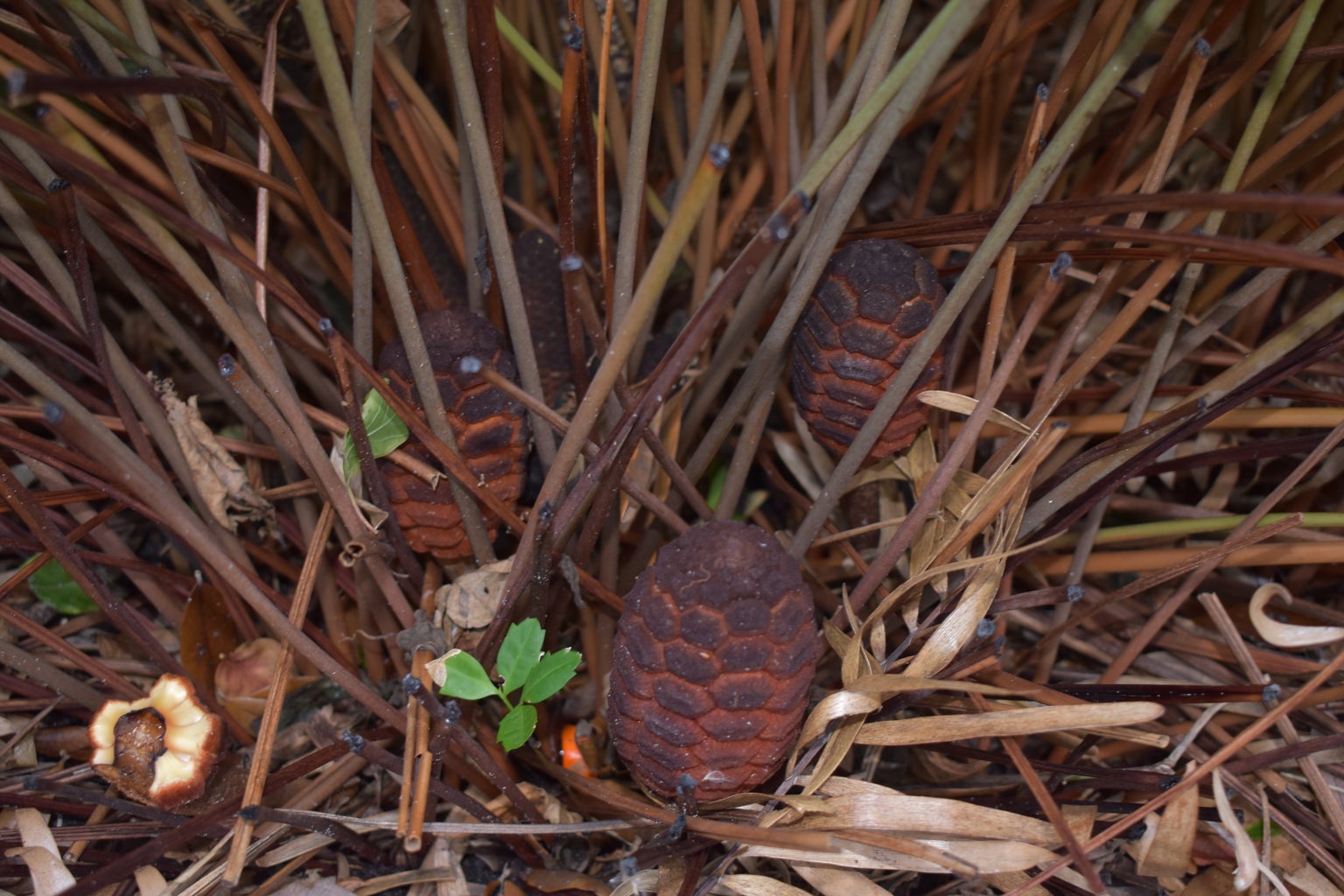
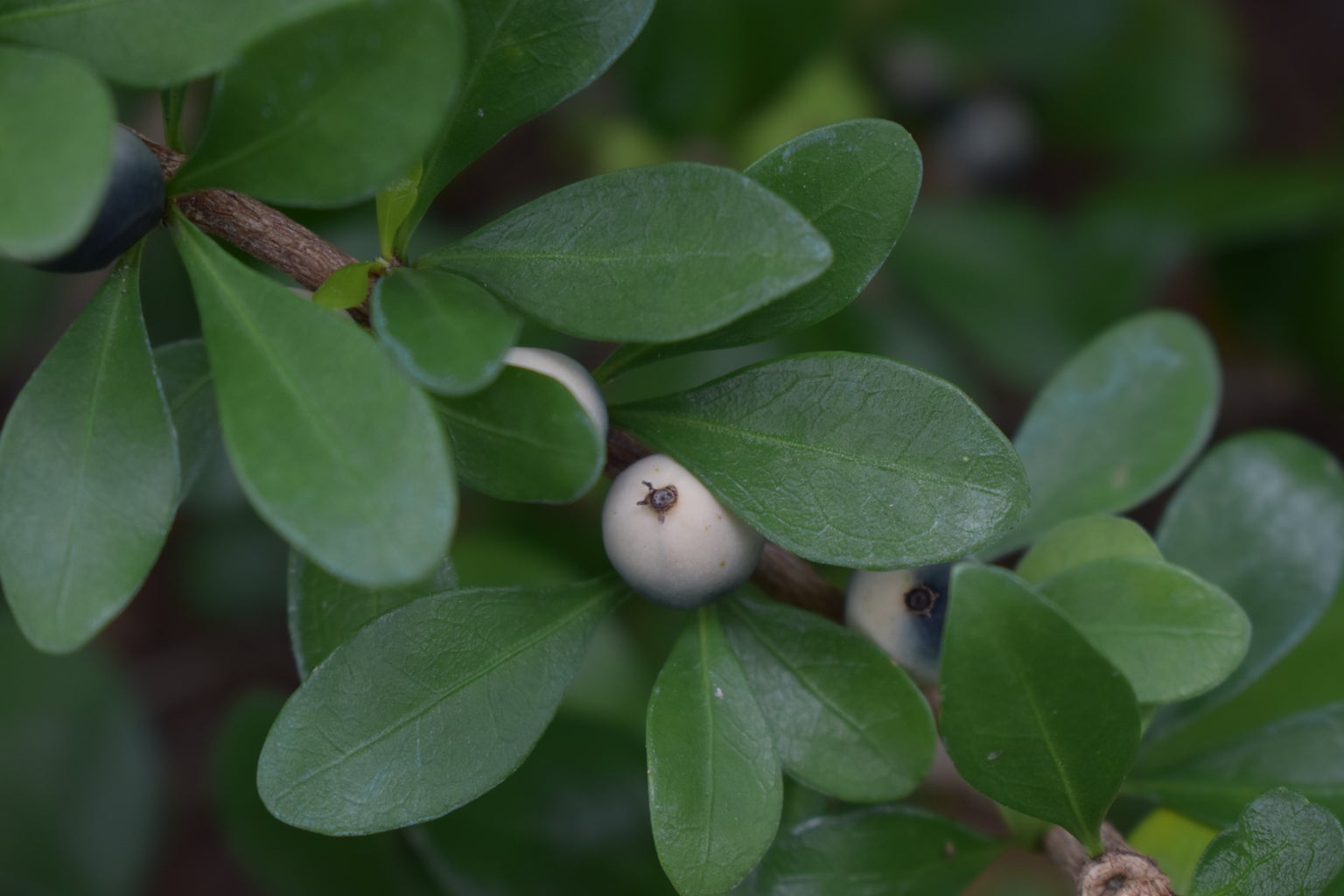
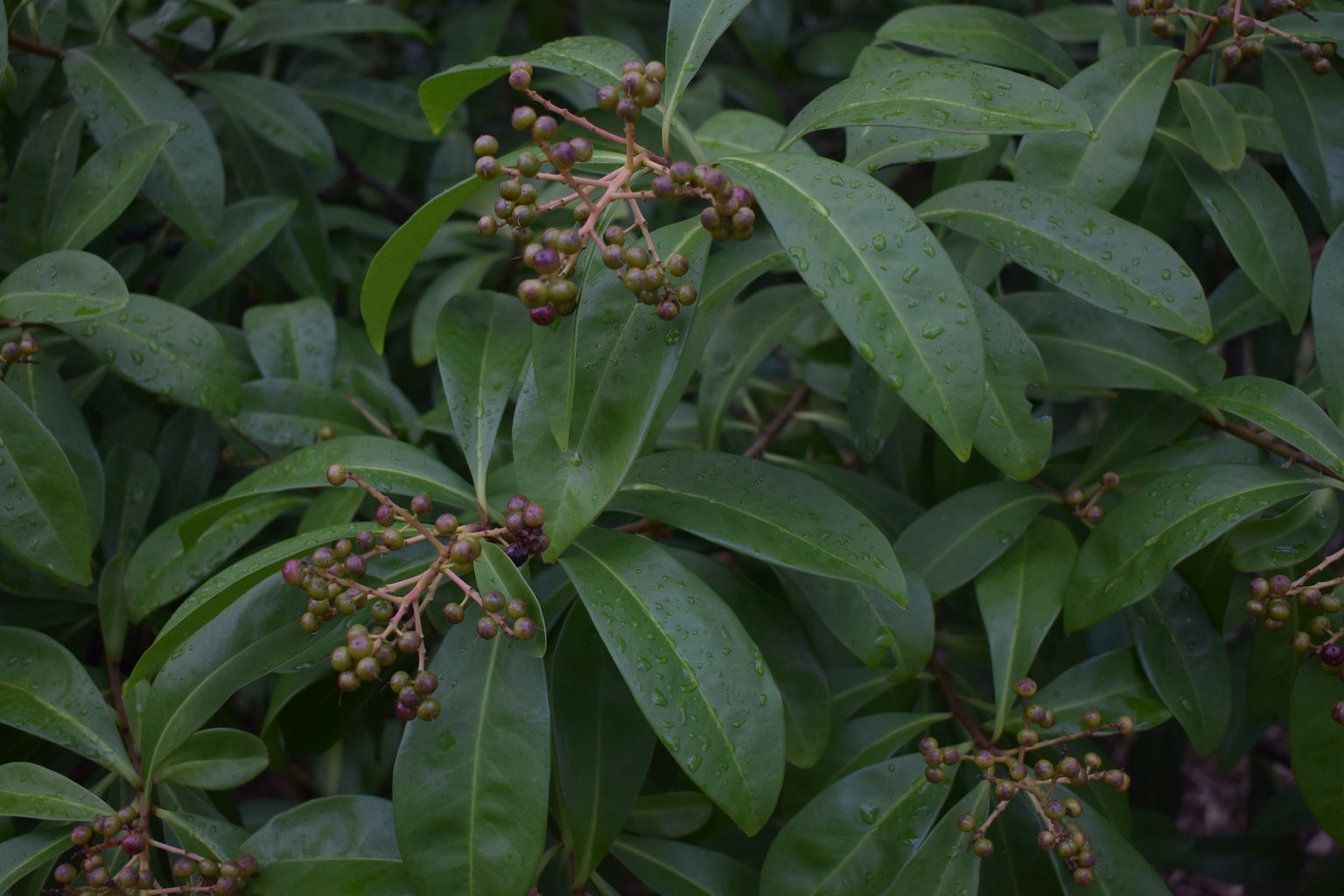
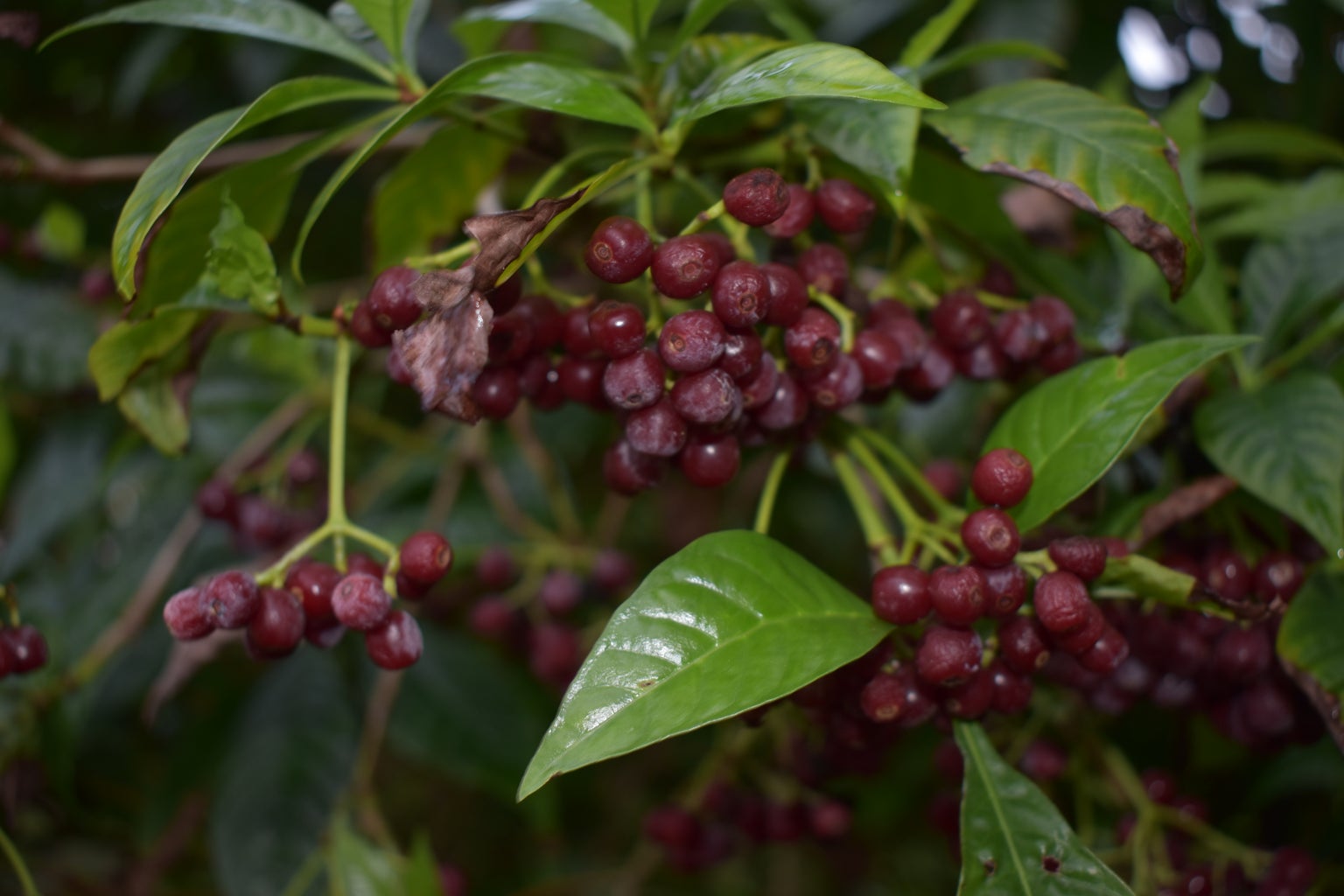
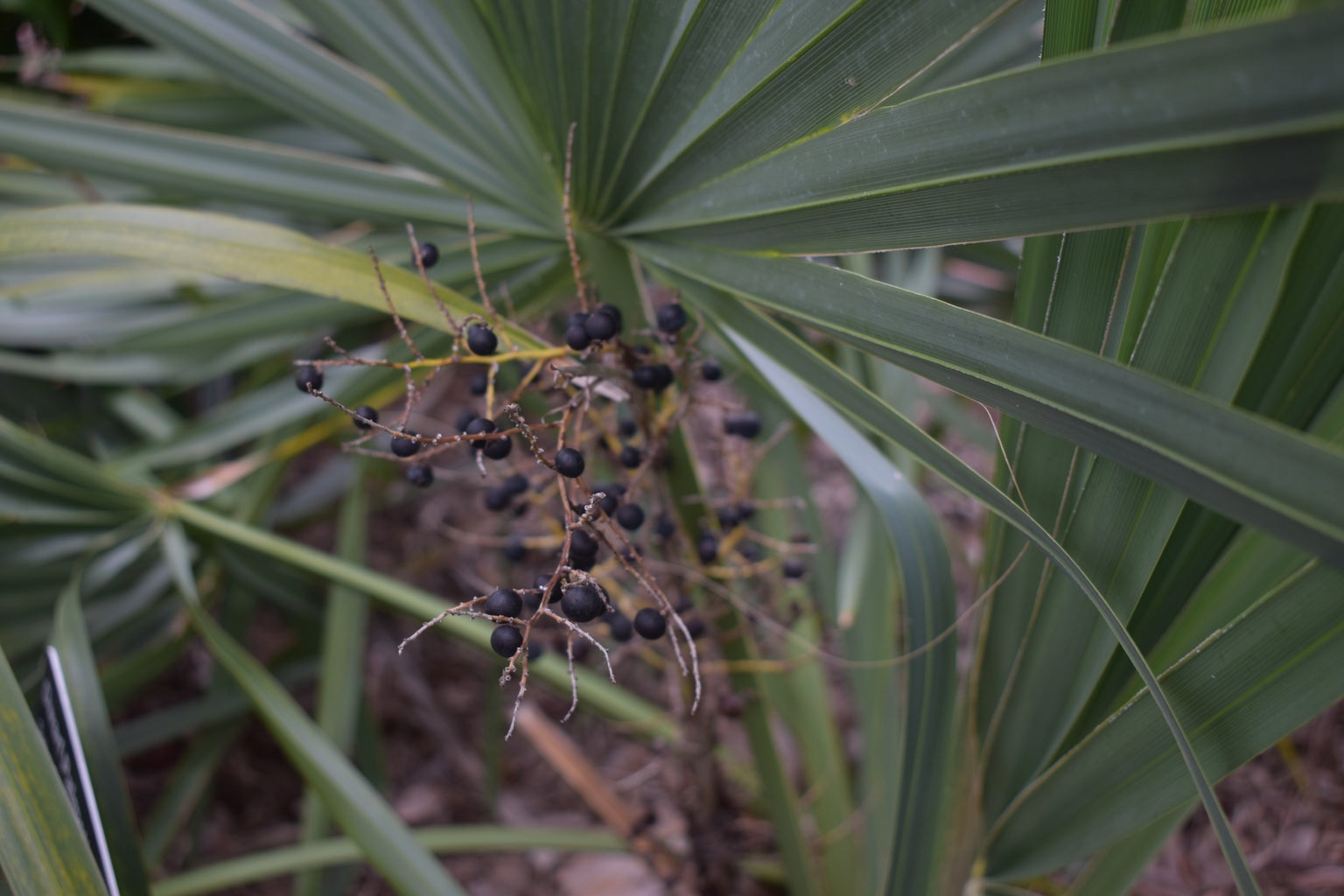
Aren’t these shrubs (and shrub-adjacents) beautiful! There is so much amazing plant diversity here in South Florida and this is just a taste of some of the common species in Pinellas County. I just wanted to reiterate the importance of being safe while searching for plants. Please watch out when near the water or when looking in dense foliage as various dangerous species could be hiding there (best to leave them alone), stay hydrated, don’t overheat, and most importantly beware of no trespassing signs. Hopefully, this article has provided some insight into the beauty and wonder of native plants, and I wish you good luck in future endeavors searching for these gems!
